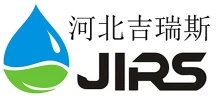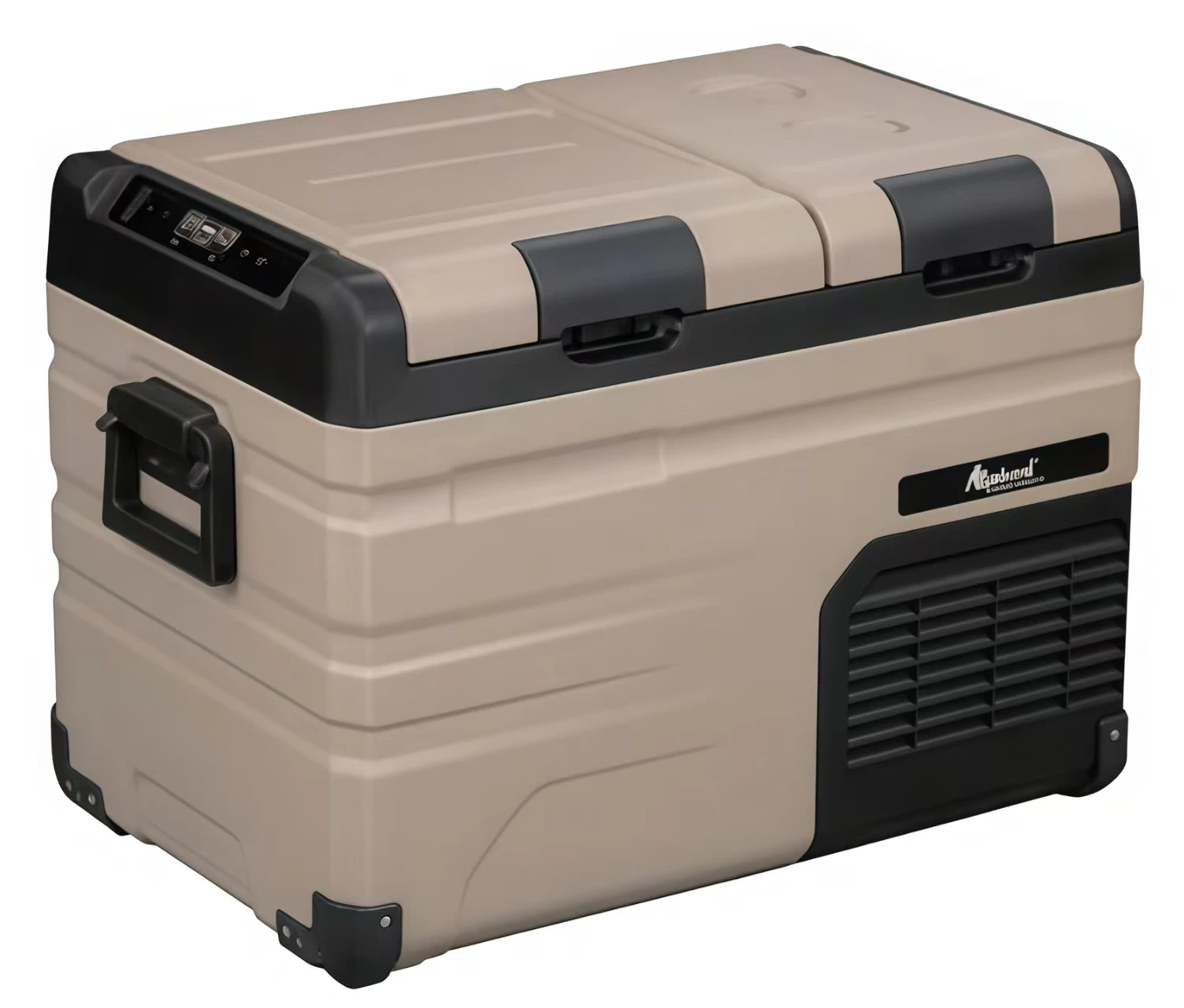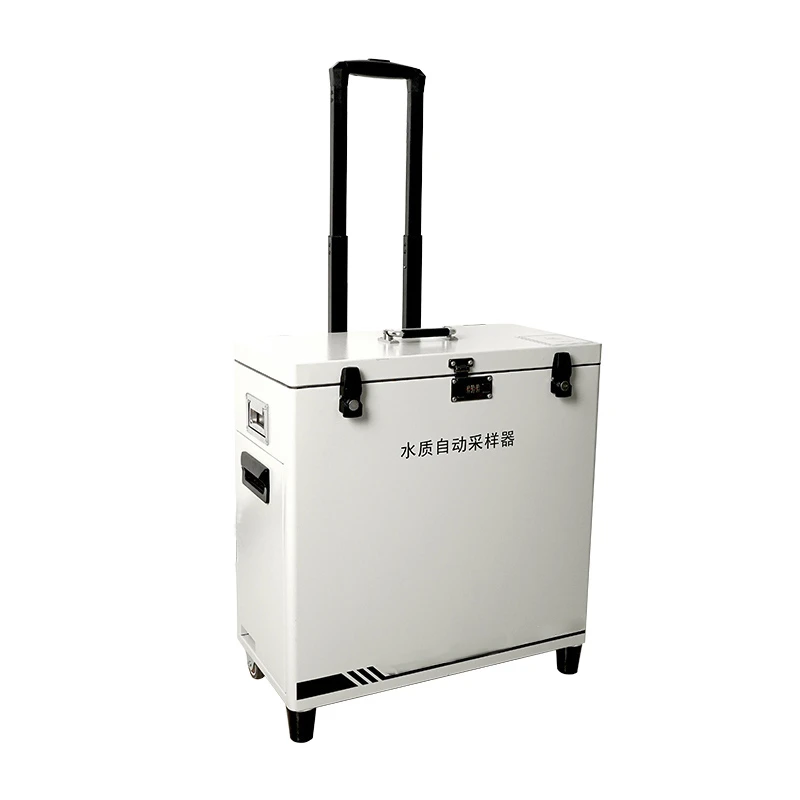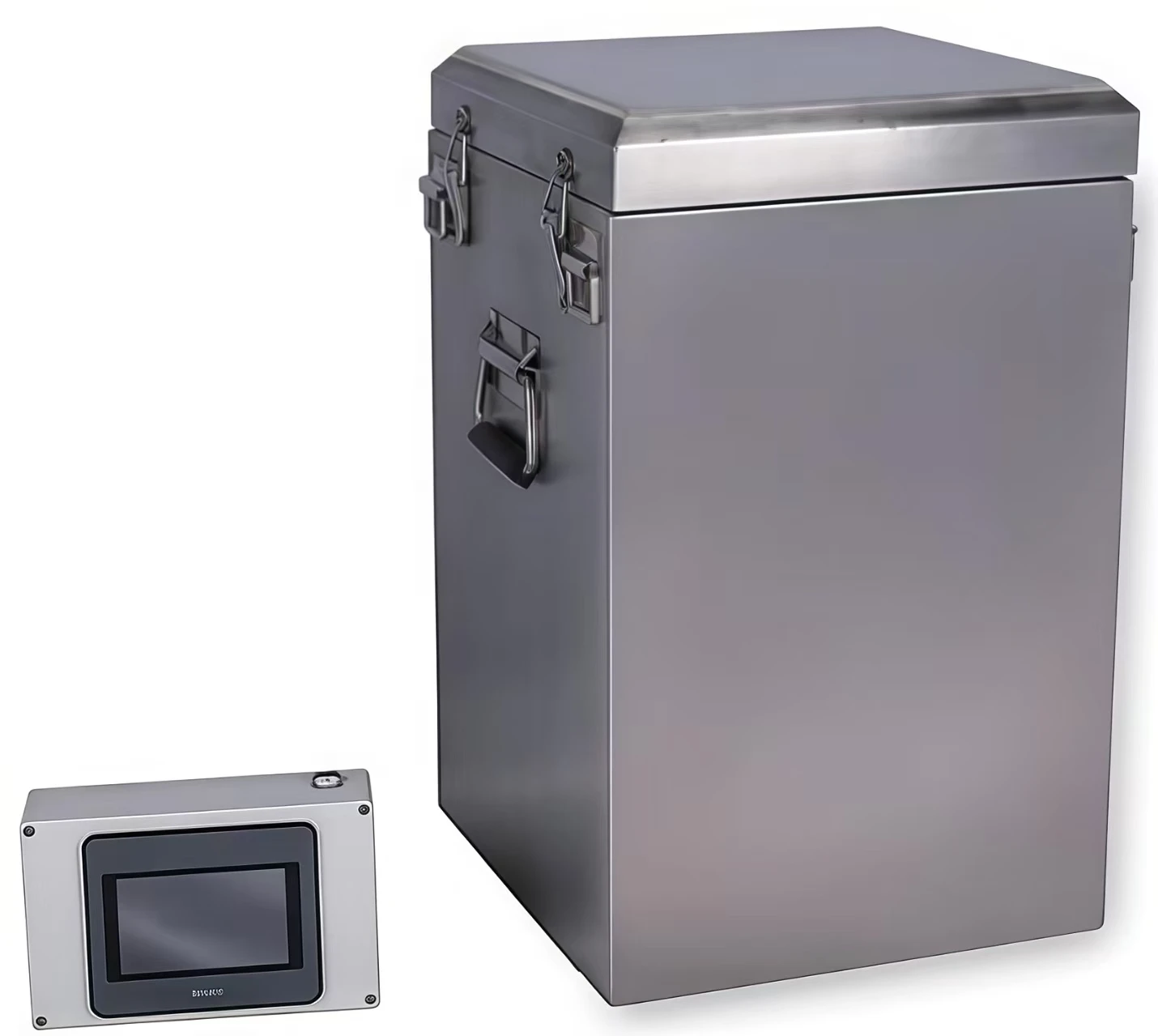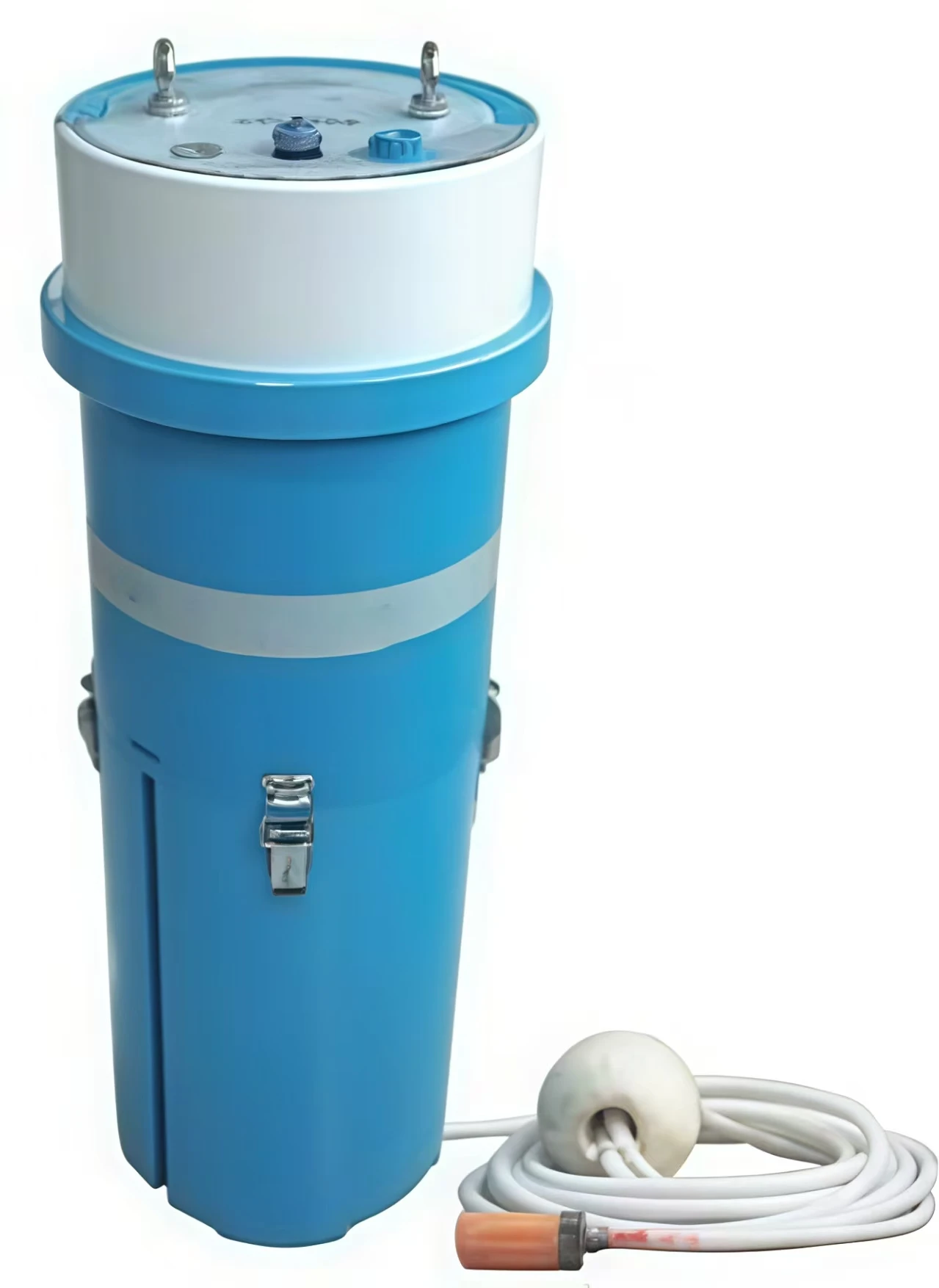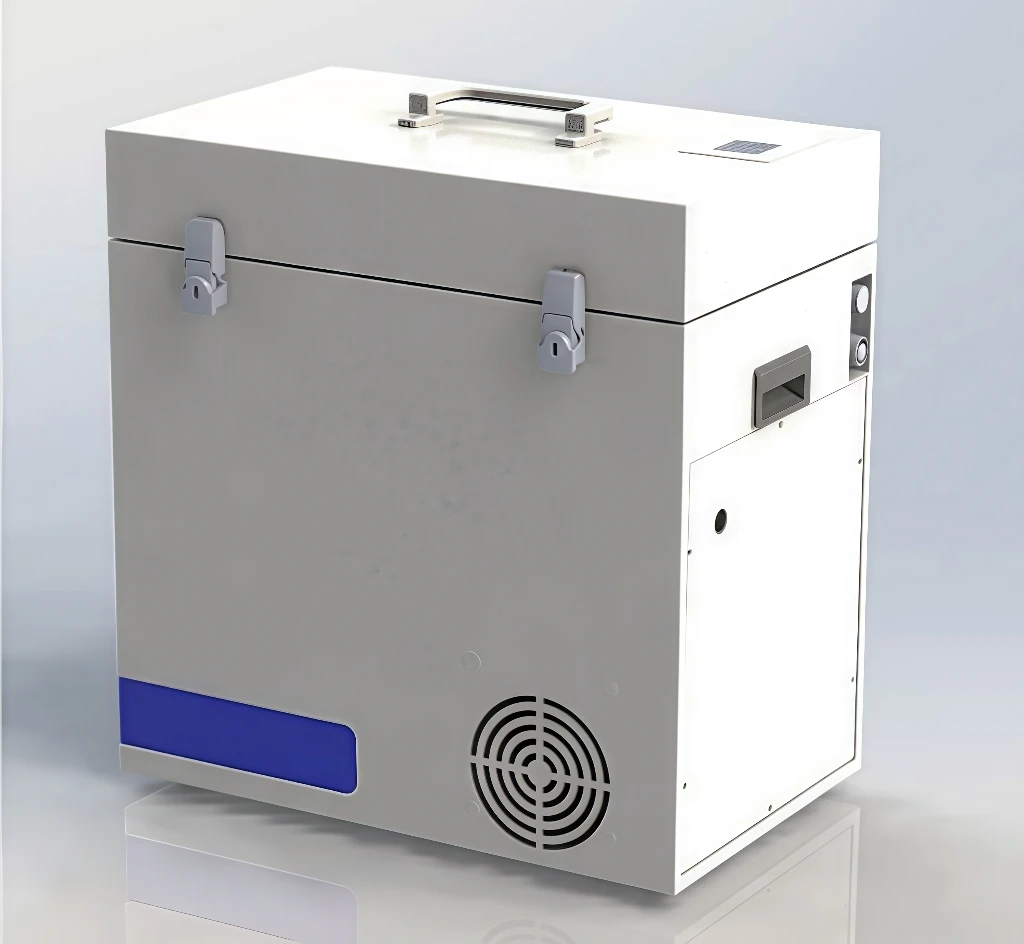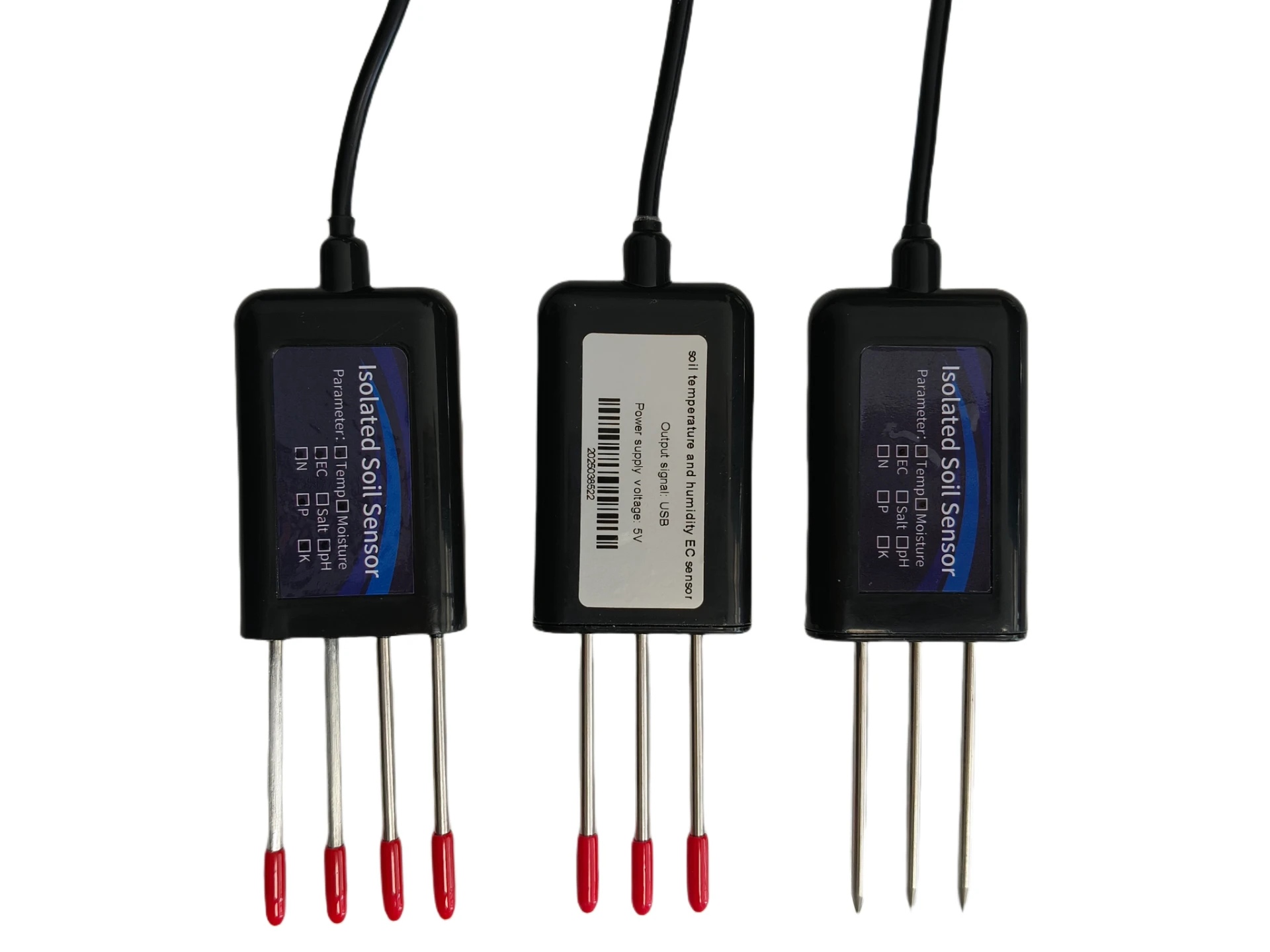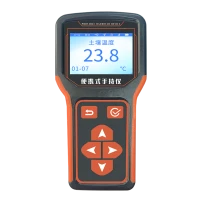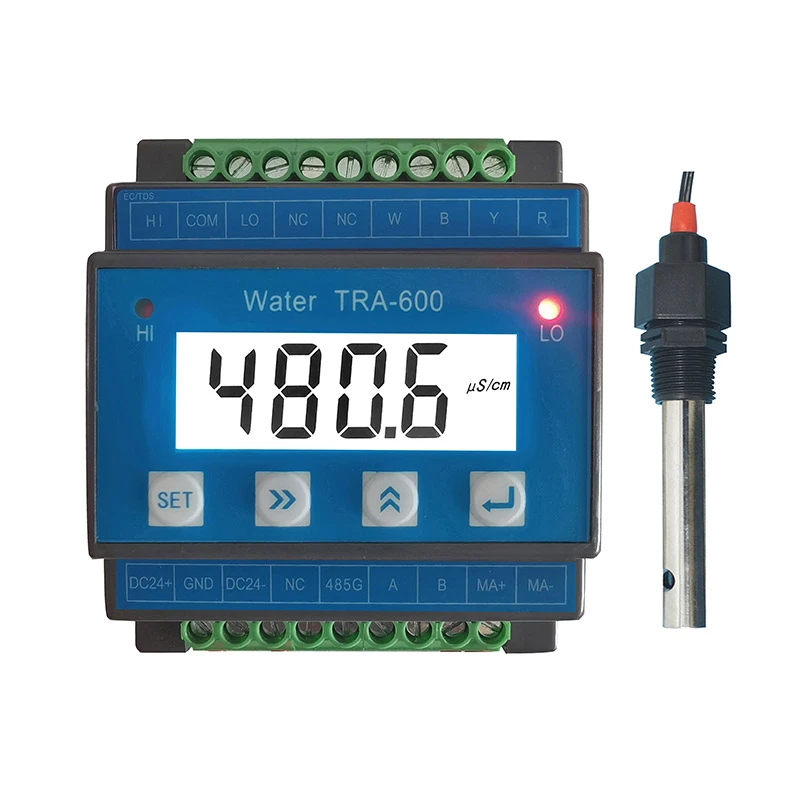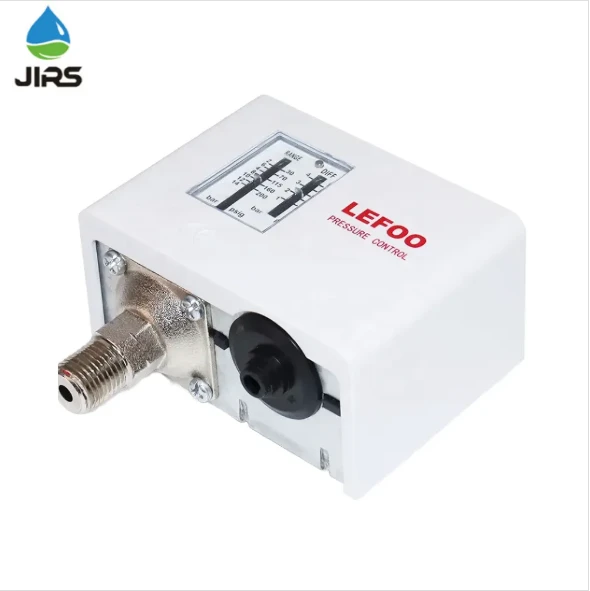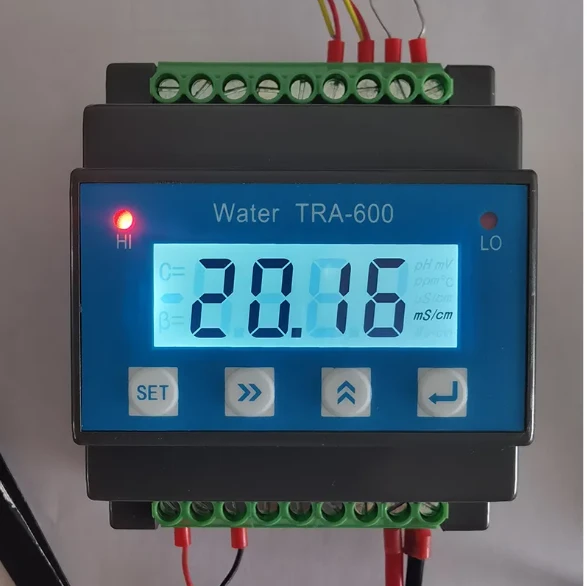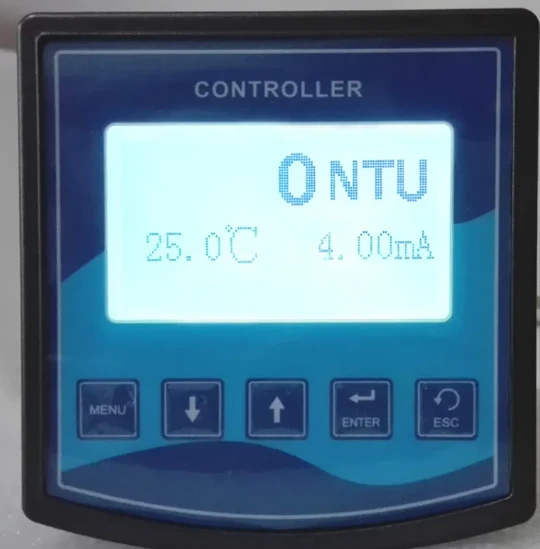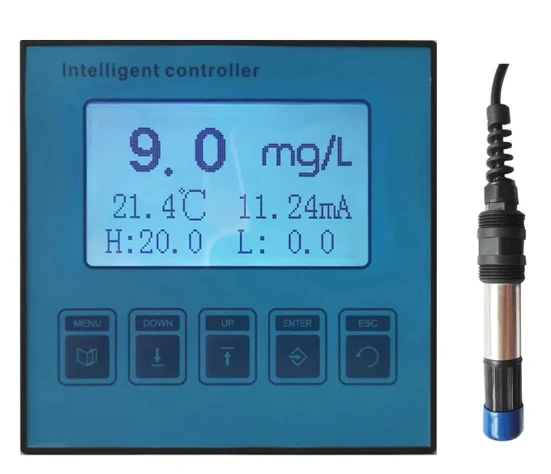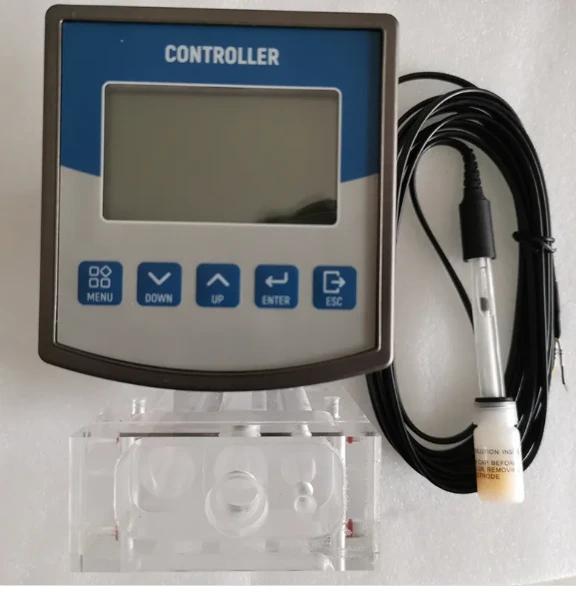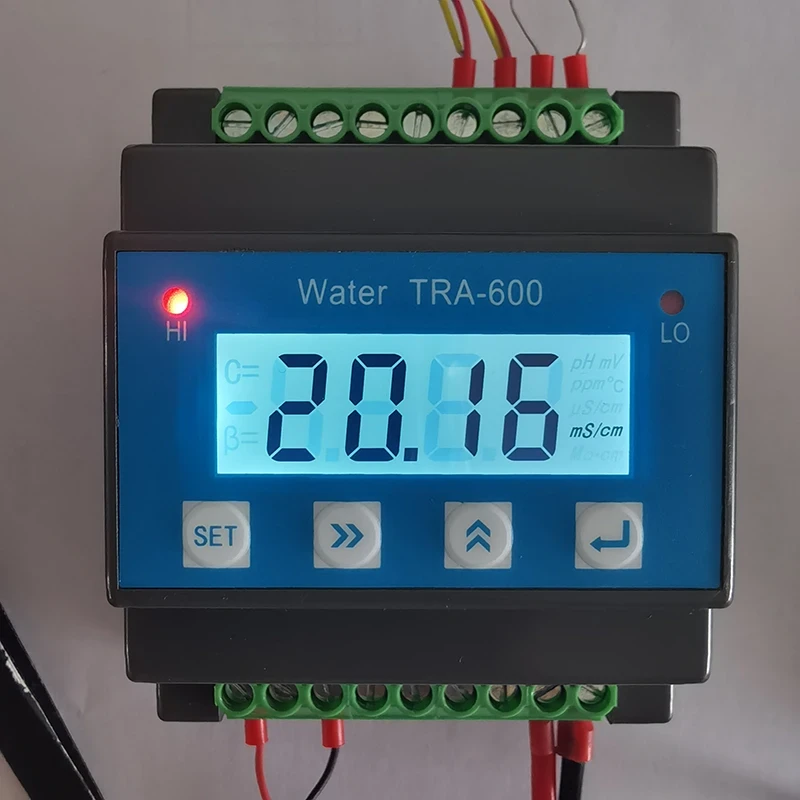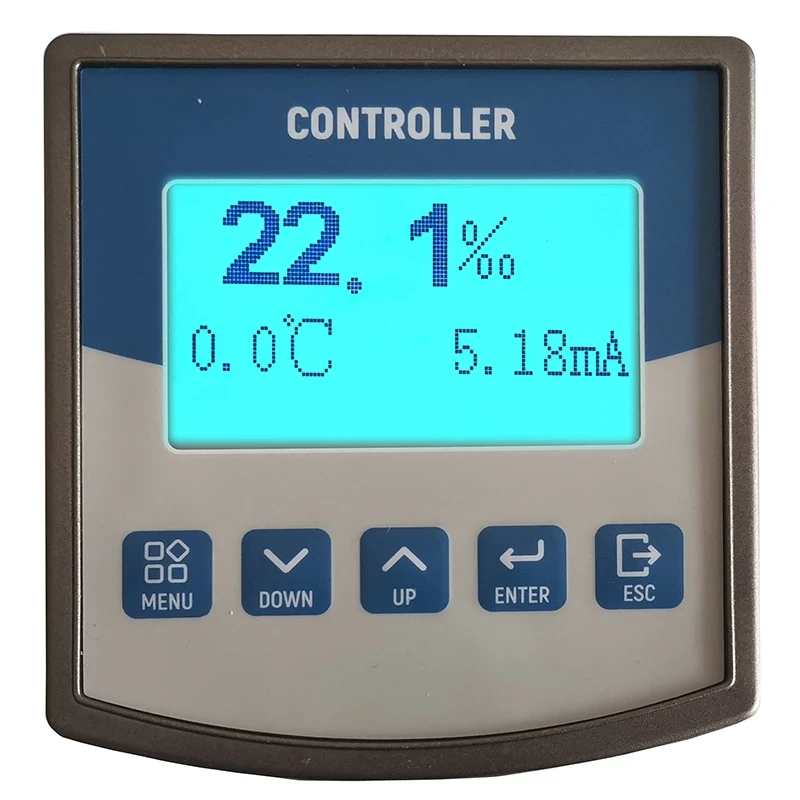Dissolved Oxygen Meter: A Key Tool for Accurately Measuring Dissolved Oxygen Levels in Aquatic Environments
May . 22, 2025
Dissolved oxygen is one of the important indicators for measuring water quality. It refers to the amount of oxygen dissolved in water, which is crucial for the survival of aquatic organisms, the self purification ability of water bodies, and various hydrochemical processes. In order to accurately assess the health status of aquatic environments, Dissolved Oxygen Meter plays an increasingly important role as a key tool in various fields.
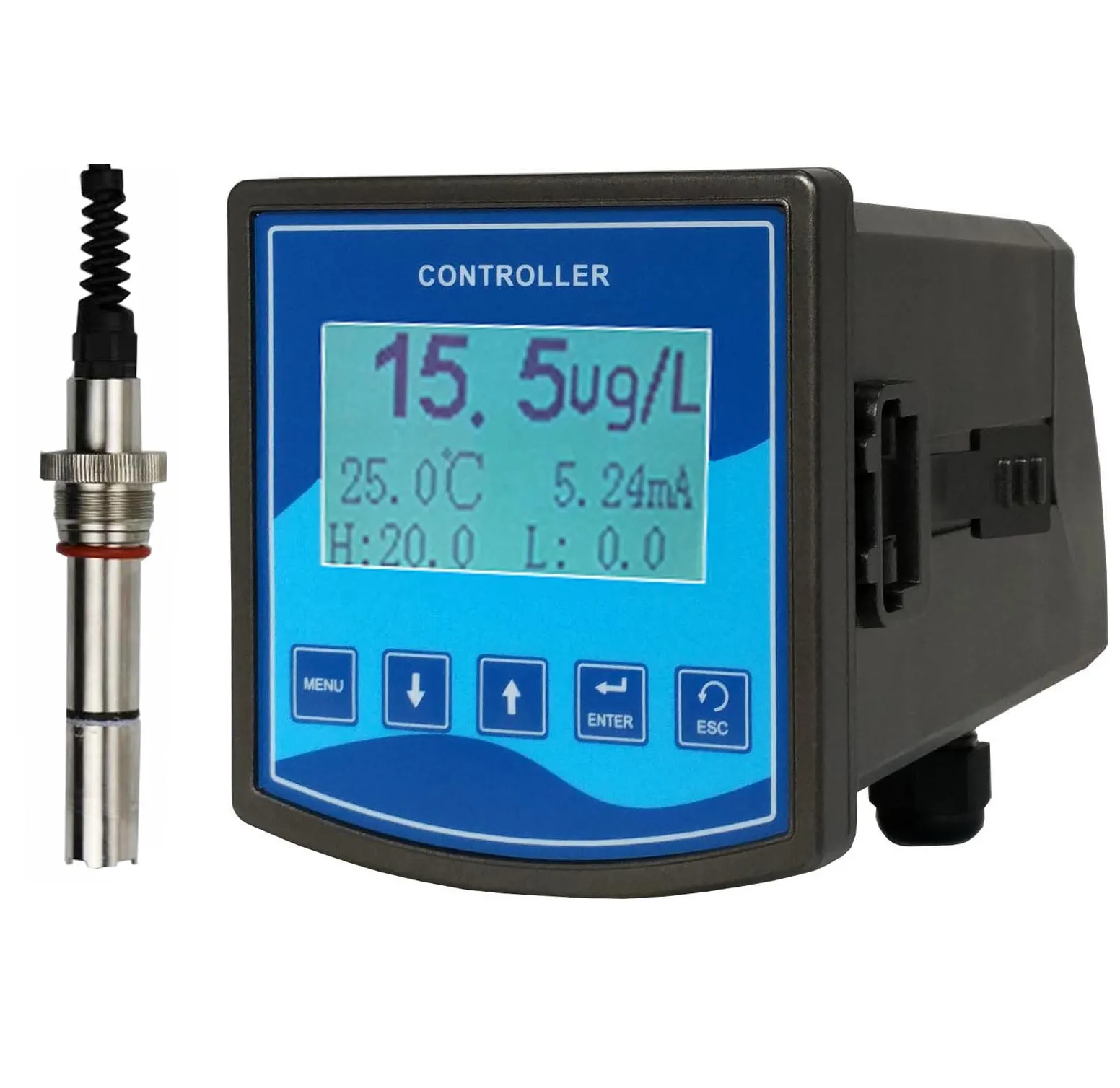
Dissolved Oxygen Meter uses different principles to detect the concentration of dissolved oxygen in water. Currently, common methods include polarography and optical methods
The polarographic method determines the dissolved oxygen concentration by measuring the reduction current of oxygen molecules on the electrode, while the optical method calculates the dissolved oxygen concentration by measuring the degree to which light of a specific wavelength is absorbed by the dissolved oxygen molecules. Regardless of the method, advanced dissolved oxygen probes have the advantages of easy operation, fast measurement, and high accuracy, which can meet the needs of different application scenarios.
Dissolved Oxygen Meter plays an indispensable role in many aquatic environments
In aquaculture, dissolved oxygen levels directly affect the growth rate and survival rate of fish and shrimp. By regularly monitoring the dissolved oxygen concentration in water using a dissolved oxygen analyzer, farmers can take timely measures to increase oxygen levels and avoid losses caused by hypoxia. In the process of sewage treatment, dissolved oxygen is an important condition for microorganisms to decompose organic matter. Using a Dissolved Oxygen Meter to monitor the concentration of dissolved oxygen in the aeration tank can optimize the aeration process and improve the efficiency of sewage treatment. In the monitoring of natural water bodies such as rivers and lakes, dissolved oxygen level is an important indicator for evaluating the degree of water pollution. By measuring the dissolved oxygen concentration in different regions, the sources, scope, and impacts of water pollution can be understood, providing scientific basis for environmental protection and water resource management.
To ensure the accuracy and reliability of Dissolved Oxygen Meter measurement, the following points need to be noted
Firstly, it is necessary to regularly calibrate the dissolved oxygen sensor to ensure that the instrument is in optimal working condition; Secondly, during the measurement process, it is necessary to avoid the interference of bubbles and the influence of temperature changes; Finally, it is necessary to choose appropriate measuring probes and methods to adapt to the characteristics of different aquatic environments.
In summary, dissolved oxygen meter for water are important tools for accurately measuring dissolved oxygen levels in various aquatic environments. It not only plays an important role in aquaculture, sewage treatment and other fields, but also provides important technical support in environmental protection and water resource management. With the continuous development of technology, the performance of Dissolved Oxygen Meter will continue to improve, contributing greater strength to our better understanding and protection of aquatic environments.
Dissolved Oxygen Meter FAQs
What is the working principle of Dissolved Oxygen Meter?
Dissolved Oxygen Meter mainly measures the dissolved oxygen (DO) content in water through the following two techniques:
Electrochemical method (membrane electrode method):
Using a polarographic (Clark electrode) or galvanic cell sensor, oxygen reacts with the electrode through a selective thin film to generate a current, which is proportional to the concentration of dissolved oxygen (DO).
Advantages: Fast response, suitable for laboratory and field use.
Optical method (fluorescence method):
Based on the principle of fluorescence quenching, specific wavelengths of light excite fluorescent substances, and oxygen concentration affects the fluorescence intensity and lifetime.
Advantages: No need for electrolyte, simple maintenance, good long-term stability.
Why is Dissolved Oxygen Meter crucial in aquaculture?
Dissolved oxygen is a key indicator for the survival of aquatic organisms, directly affecting:
Fish health: DO below 3mg/L may lead to suffocation and death (such as salmon requiring>5mg/L).
Feed efficiency: Low oxygen environment reduces fish metabolism, leading to slow growth.
Water quality management: When photosynthesis stops at night, it is necessary to monitor DO to prevent hypoxia (it is recommended to maintain 46mg/L).
How to calibrate Dissolved Oxygen Meter to ensure data accuracy?
Calibration is a crucial step in ensuring accuracy, and commonly used methods include:
Zero calibration: adjust the instrument to 0mg/L in an oxygen free environment (such as sodium sulfite solution).
Slope calibration:
Air calibration: Under saturated humidity, the instrument display value should be consistent with the saturated DO value under local atmospheric pressure (such as 8.24mg/L at 25 ℃).
Water saturation method: calibrate with a standard solution of known dissolved oxygen (such as Winkler method calibration).
Attention: Optical sensors require regular cleaning of the fluorescent cap, while electrochemical sensors require replacement of electrolyte and membrane.
What factors can affect the measurement results of Dissolved Oxygen Meter? How to avoid errors?
Main interference factors and solutions:
Temperature: The solubility of dissolved oxygen decreases with increasing temperature, and automatic temperature compensation function must be used.
Salinity: High salinity (such as seawater) will reduce DO, and the instrument needs to support salinity correction.
Water flow rate: Electrochemical sensors require a certain flow rate (>0.3m/s) to ensure response, and static water can be stirred using a stirrer.
Membrane fouling: Regularly clean or replace sensor membranes (especially in wastewater or algae rich environments).
How to optimize the process using Dissolved Oxygen Meter data in industrial wastewater treatment?
Activated sludge process: Control DO at 24mg/L to balance microbial oxygen consumption (excessive waste of energy and insufficient sludge expansion).
Anaerobic/Aerobic Reactor: Switch process stages through DO monitoring (e.g. anaerobic stage DO<0.5mg/L).
Real time control: linked with the aeration system, adjust the fan speed as needed to save energy and reduce consumption.
Related Products
Related News
